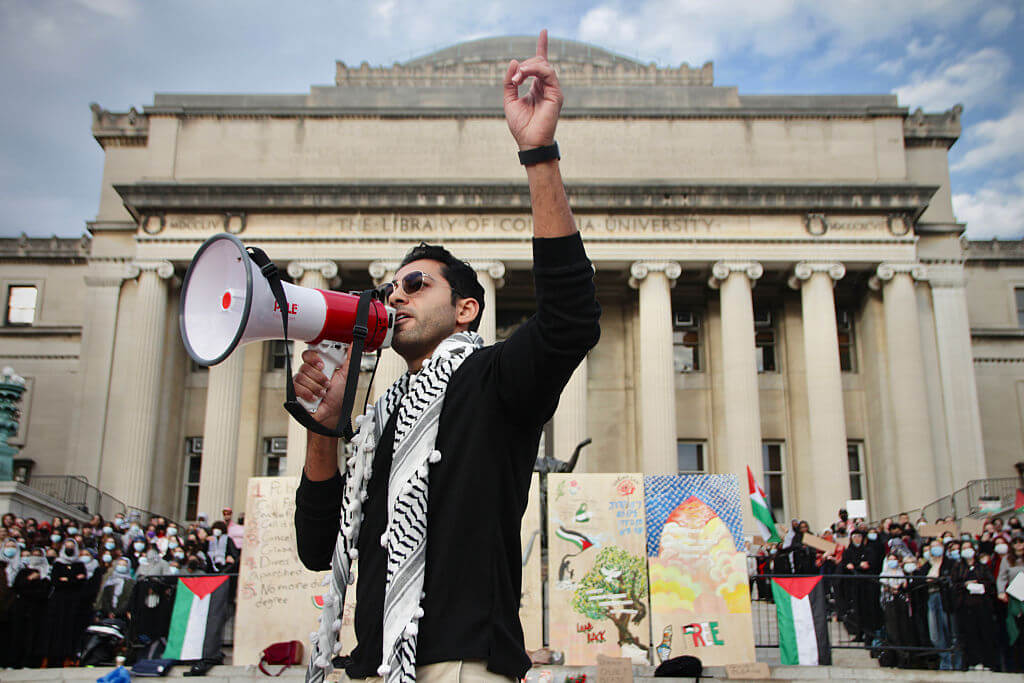Nazi collaborator monuments in Croatia
Mile Budak has 11 streets, and even a pier, named after him

Far-right march with Ustasha symbols, Zagreb, February 26, 2017 (Stringer/AFP via Getty Images). Image by Forward collage
This list is part of an ongoing investigative project the Forward first published in January 2021 documenting hundreds of monuments around the world to people involved in the Holocaust. We are continuing to update each country’s list; if you know of any not included here, or of statues that have been removed or streets renamed, please email [email protected], subject line: Nazi monument project.
Slavonski Brod and ten other towns — A street named after Mile Budak (1889–1945), chief ideologue and minister of education for Croatia’s fascist Ustasha party, which systematically murdered hundreds of thousands of Jews, Serbs and Roma during the Holocaust.
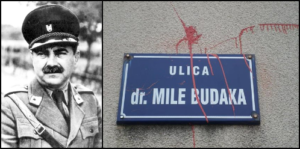
Budak has additional streets in Jasenice, Pag, Pakoštane, Pleternica, Sisak, Sveti Rok, Vinkovci, Vrana and Zadar and, strangely enough, a pier in Bilice. Coverage in Radio Slobodna Evropa (Radio Free Europe’s Balkan branch; Google translation here) and Balkan Insight. (Many thanks to Rory Yeomans for his invaluable guidance on Croatia.)
For an overview of Ustasha’s brutality, which stands out even in the scope of WWII, see this academic paper.
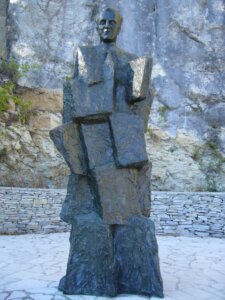
Donji Dolac — A statue of Branimir Jelić (1905–1972). A peripatetic Ustasha member and close associate of the genocidal Ante Pavelić, Jelić traveled the West working as an Ustasha propagandist among the Croatian diaspora in the U.S. and South America. After the war, Jelić, like many Eastern European Nazi collaborators, branded himself and exiled Ustasha members as warriors against Communism. Below is an Ustasha rally, Zagreb 1941.

Below, a neo-Nazi march in support of Donald Trump featuring Ustasha flag and shield, Zagreb 2017.

Note: the entry below was added during the January 2022 project update.
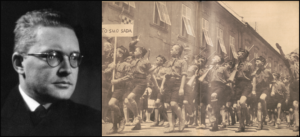
Bjelovar – This town has a street named for Julije Makanec (1904–1945), writer, philosopher and politician who was Bjelovar’s mayor in 1941. Afterward, Makanec served as Ustasha minister of education and head of education for the Ustasha Youth – the organization devoted to training and indoctrinating new generations of supporters aged 7 to 21 (such groups are a staple of fascist regimes including those in Germany and Italy.) Above right, the photo of an Ustasha Youth march in the April 10, 1944 issue of Ustaška Mladež, the organization’ magazine. “Future bearers of Croatian greatness salute their sovereign,” is the headline.
For Ustasha monuments outside of Croatia, see the Bosnia and Herzegovina and Australia sections.
For more on Croatia’s widespread rehabilitation of the Ustasha, which is manifest in multiple forms, including sports and music, see articles in Balkan Insight, the Jerusalem Post and the Independent; Haaretz on the Ustasha scandal regarding Croatia’s 2018 World Cup team; and Defending History’s Croatia page. For a more detailed read, see Rory Yeomans in The Routledge Handbook of Balkan and Southeast European History, 2020 edition.
The Forward is free to read, but it isn’t free to produce

I hope you appreciated this article. Before you go, I’d like to ask you to please support the Forward.
Now more than ever, American Jews need independent news they can trust, with reporting driven by truth, not ideology. We serve you, not any ideological agenda.
At a time when other newsrooms are closing or cutting back, the Forward has removed its paywall and invested additional resources to report on the ground from Israel and around the U.S. on the impact of the war, rising antisemitism and polarized discourse.
This is a great time to support independent Jewish journalism you rely on. Make a gift today!
— Rachel Fishman Feddersen, Publisher and CEO
Support our mission to tell the Jewish story fully and fairly.
Most Popular
- 1

News School Israel trip turns ‘terrifying’ for LA students attacked by Israeli teens
- 2

Culture Cardinals are Catholic, not Jewish — so why do they all wear yarmulkes?
- 3

Fast Forward Why the Antisemitism Awareness Act now has a religious liberty clause to protect ‘Jews killed Jesus’ statements
- 4

Fast Forward Ye debuts ‘Heil Hitler’ music video that includes a sample of a Hitler speech
In Case You Missed It
-
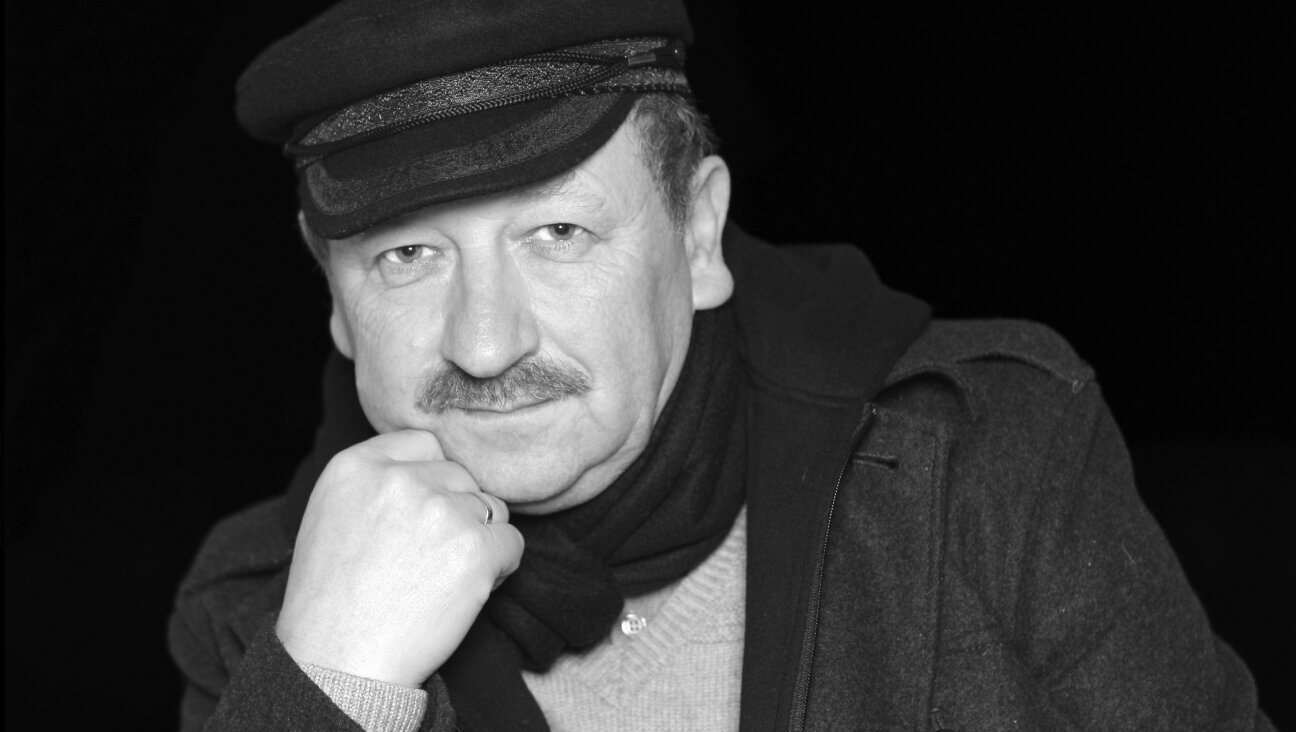
Yiddish קאָנצערט לכּבֿוד דעם ייִדישן שרײַבער און רעדאַקטאָר באָריס סאַנדלערConcert honoring Yiddish writer and editor Boris Sandler
דער בעל־שׂימחה האָט יאָרן לאַנג געדינט ווי דער רעדאַקטאָר פֿונעם ייִדישן פֿאָרווערטס.
-

Fast Forward Trump’s new pick for surgeon general blames the Nazis for pesticides on our food
-
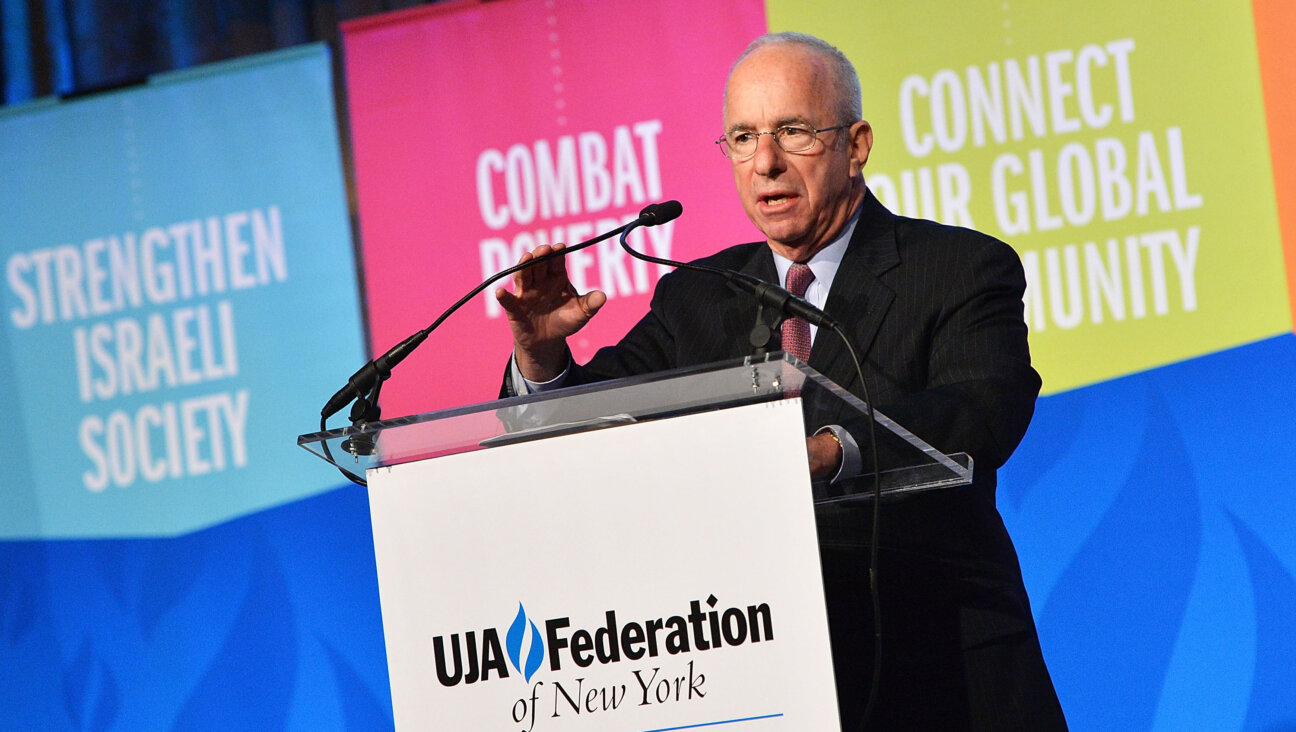
Fast Forward Jewish feud over Trump escalates with open letter in The New York Times
-
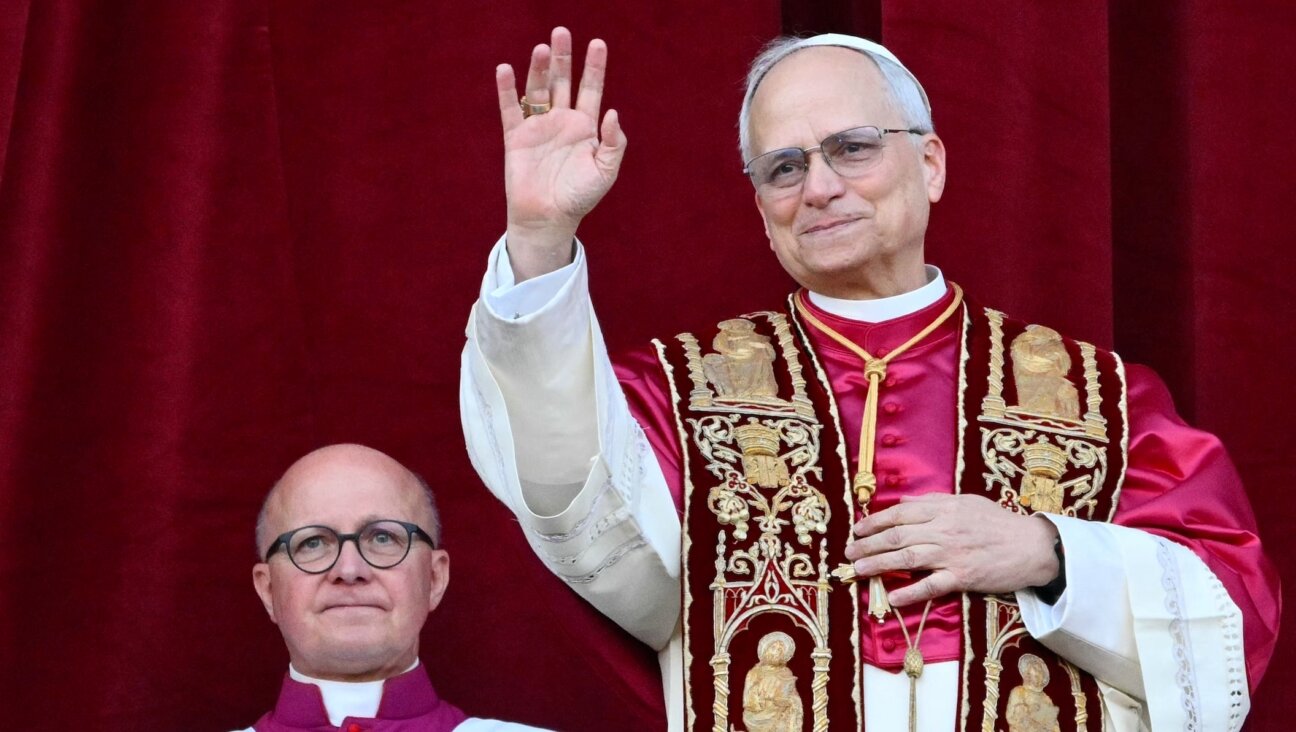
Fast Forward First American pope, Leo XIV, studied under a leader in Jewish-Catholic relations
-
Shop the Forward Store
100% of profits support our journalism
Republish This Story
Please read before republishing
We’re happy to make this story available to republish for free, unless it originated with JTA, Haaretz or another publication (as indicated on the article) and as long as you follow our guidelines.
You must comply with the following:
- Credit the Forward
- Retain our pixel
- Preserve our canonical link in Google search
- Add a noindex tag in Google search
See our full guidelines for more information, and this guide for detail about canonical URLs.
To republish, copy the HTML by clicking on the yellow button to the right; it includes our tracking pixel, all paragraph styles and hyperlinks, the author byline and credit to the Forward. It does not include images; to avoid copyright violations, you must add them manually, following our guidelines. Please email us at [email protected], subject line “republish,” with any questions or to let us know what stories you’re picking up.









